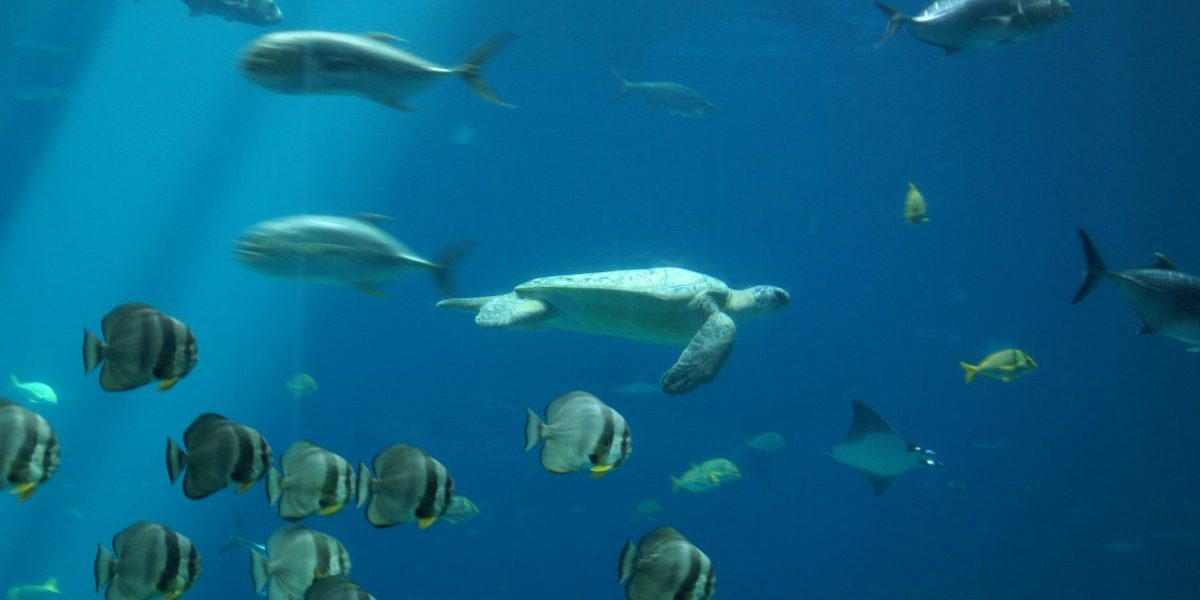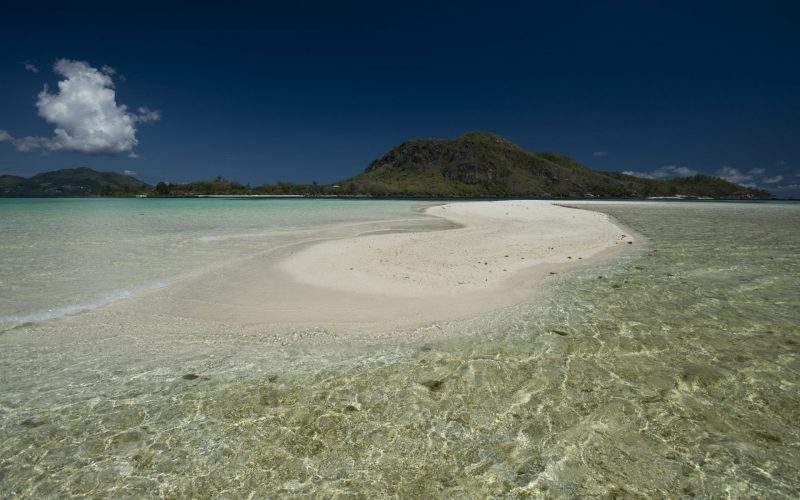Across many fronts the news is not good. Yet in certain cases governments, NGOs and resource users have come together to form effective partnerships, proving that oceans can bounce back if given an opportunity.
Ocean acidification, coral bleaching, overfishing, biodiversity loss and pollution are major threats to the health of oceans. Even as the limits of the oceans’ capacity to support human activities become increasingly clear, however, the ability of governments to cooperate effectively in addressing these challenges remains questionable. Bluefin tuna have been heavily overfished and are considered by many marine scientists to be in critical need of conservation. Yet in 2010 efforts to add the species to those listed under the Convention on International Trade in Endangered Species (Cites) were blocked by a number of countries benefiting from trade in bluefin tuna.
In May 2011, the United States’ National Marine Fisheries Service denied protecting Atlantic bluefin tuna under the Endangered Species Act.
However, progress is achievable. The World Wildlife Fund (WWF) established the ‘Give Bluefin a Break’ campaign through which leading French retailers such as Carrefour and Sodexo commit to stop selling bluefin tuna until the fishery is sustainably managed. Various media campaigns have also sought to raise awareness among consumers of the need to select only sustainably managed fish species.
Managing fisheries sustainably is no easy task. Governments have to balance a number of social, economic and environmental priorities. Often the research on fish stocks are disputed, and knowing exactly what is happening on the oceans through effective monitoring, control and surveillance is a complex and expensive task. The fact that the choices faced are difficult does not obviate the need for making them. Indecisiveness and an unwillingness to face the facts of the situation can cost the planet and its people dearly.
In South Africa, crayfish stocks are currently at 3% of pristine levels. When small scale subsistence fishers challenged the awarding of lobster fishing rights, the Department of Environmental Affairs announced “interim measures” to provide 1 500 additional subsistence fishing rights for lobsters. While such support for small scale and subsistence fisheries is to be commended, the department refused to face the reality that the quota for the new category of “interim fishers” would mean a reduction in the quota for commercial lobster fishermen if capture levels were to remain at sustainable levels.
Instead, the interim relief quota was simply added to the existing quota categories, resulting in unsustainable exploitation of lobster stocks. Furthermore, poor monitoring and surveillance of interim fishers has meant that poaching has become widespread. In the 2010/11 crayfish season interim relief fishers were allocated a quota of 200 tonnes, but a leading marine scientist estimates that poachers using interim relief quotas to access the fishery may have removed between 1 500 to 2 000 tonnes in that period.
The involvement of professional criminal syndicates in abalone poaching and export has been a long standing issue in South Africa. Despite periodic reports of arrests and confiscated abalone, the Fisheries Department appears unable to decisively deal with the country’s abalone poaching problem. A recent media article (Cape Times, 3 June 2011) alleged that one third of the Fisheries Department’s operating budget is financed through the sale of confiscated abalone products each year. In a sense then, it appears that the department depends on the illegal abalone trade for its own financial sustainability, creating an obvious conflict of interest.
The private fishing industry has taken increasing responsibility for research and management of South Africa’s offshore fishery. But inshore fisheries, which are characterised by ease of access and diffuse usership, face significant challenges. South Africa has protected some 18% of its coastline from fishing and unregulated activity such as diving, but poaching in these areas remains a problem.
Monitoring South Africa’s extensive coastline is, of course, a major challenge, particularly given human resource and financial constraints. We should recognise that much of the poaching of South Africa’s inshore linefish, abalone and rock lobster occurs within sight of residential areas or recreational ocean users. It is estimated that South Africa has about one million recreational fishers, many of whom share a deep concern for the health of South Africa’s oceans. The Fisheries Department should go to greater lengths to encourage the cooperation of recreational fishers and other ocean users in reporting illegal fishing practices.
Alex Benkenstein is Senior Researcher, SAIIA Governance of Africa’s Resources Programme.
SAIIA publications related to this article:
SAIIA Research Report No. 5
Untangling the Nets – The Governance of Tanzania’s Marine Fisheries
by Mariam January and Honest Prosper Ngowi
February 2010
Occasional Paper No. 45
by Mari-Lise Du Preez
September 2009








